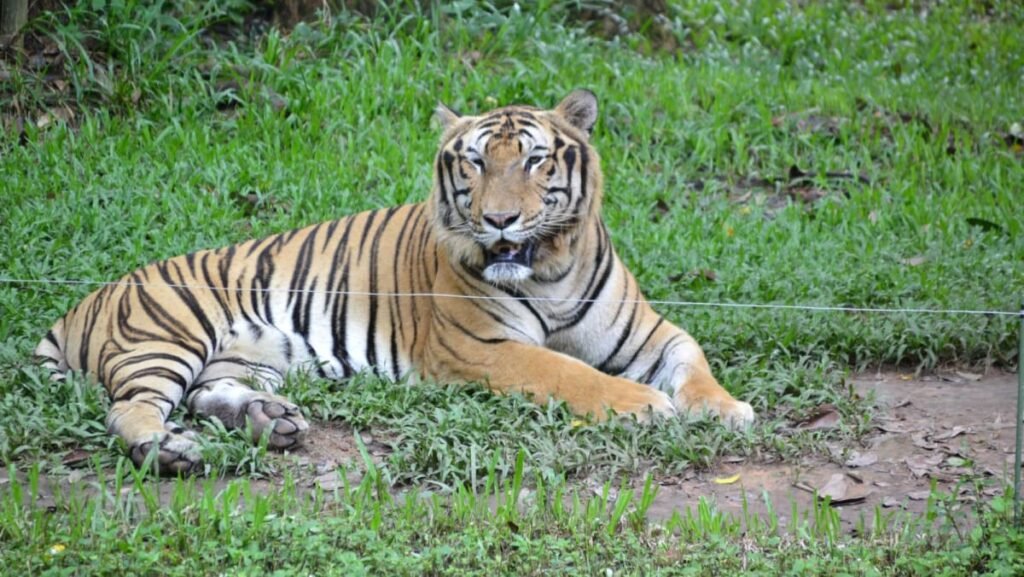An outbreak of the H5N1 bird flu virus has caused the deaths of 47 tigers, three lions, and a panther at zoos in south Vietnam. The deaths occurred in August and September at the My Quynh Safari Park in Long An province and the Vuon Xoai Zoo in Dong Nai, near Ho Chi Minh City. Test results from the National Centre for Animal Health Diagnosis confirmed that the animals died due to the H5N1 type A virus. The zoos declined to comment when contacted about the situation, and no zoo staff members in close contact with the animals showed any respiratory symptoms.
Education for Nature Vietnam (ENV), an NGO focused on wildlife conservation, reported that there were 385 tigers living in captivity in Vietnam at the end of 2023, with 310 of them kept at privately owned farms and zoos. The remaining tigers are in state-owned facilities. The World Health Organization (WHO) has noted an increase in reports of deadly outbreaks caused by influenza viruses in mammals since 2022, including H5N1. H5N1 infections in humans can range from mild to severe and may be fatal in some cases. Vietnam alerted the WHO to a human fatality from the virus in March.
In 2004, a large number of tigers at the world’s largest breeding farm in Thailand died from bird flu or were culled. This incident highlights the potential risks posed by the H5N1 virus to captive wildlife populations. It is essential for zoos and wildlife facilities to take preventive measures to protect animals from contracting the virus and to ensure the safety of both the animals and staff members. The recent deaths of tigers, lions, and a panther in south Vietnam serve as a reminder of the importance of monitoring and addressing disease outbreaks in captive animal populations.
The H5N1 virus has been known to cause outbreaks in birds and has the potential to infect other species, including mammals. The spread of the virus among animals in zoos raises concerns about the transmission of the virus to humans and the potential for a public health crisis. The World Health Organization has been monitoring the situation closely and providing guidance on preventive measures to mitigate the impact of the virus on both animal and human populations. It is crucial for authorities to implement measures to contain the spread of the virus and protect both wildlife and public health.
The deaths of tigers, lions, and a panther due to the H5N1 virus in south Vietnam underscore the need for increased vigilance and proactive measures to prevent similar outbreaks in the future. Wildlife conservation organizations like Education for Nature Vietnam play a critical role in raising awareness about the threats to captive animals and advocating for stronger protections. The recent incidents at zoos in Vietnam serve as a wake-up call for the authorities and wildlife facilities to prioritize the health and safety of animals under their care.
In conclusion, the deaths of tigers, lions, and a panther in south Vietnam highlight the risks posed by the H5N1 virus to captive wildlife populations. It is essential for authorities, wildlife organizations, and zoos to work together to prevent and control disease outbreaks and protect both animals and humans from the effects of the virus. By implementing proactive measures and strengthening surveillance systems, we can reduce the impact of the H5N1 virus on wildlife and public health. The recent incidents in Vietnam serve as a reminder of the importance of ongoing monitoring and collaboration to address emerging threats to wildlife conservation.












